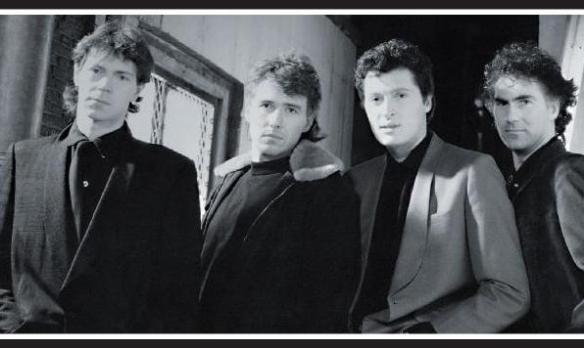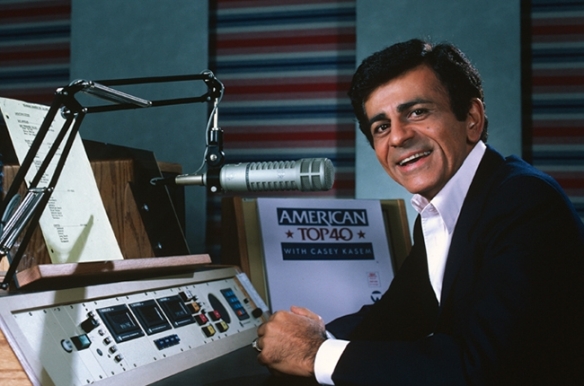
On June 15, 2014, Casey Kasem, host of the longtime countdown program, AMERICAN TOP 40, passed away at the age of 82. From my first blog post (and prolly some more inbetween then and now), I explained how, in 1979, I was a geeky, lanky and somewhat lost 12-year-old living in Central Maine, had a few friends and not a lot of interest in much of anything, but at some point early that year, I discovered AMERICAN TOP 40, and was glued to it every weekend. Not only could I hear the 40 biggest songs in the country every week, but also Casey’s cool trivia and facts about the songs and the artists, a trait I treasure to this day. For me, the show was No. 1 with a bullet. And still is (thanks to the re-airing of broadcasts of AT40 on iHeart Radio).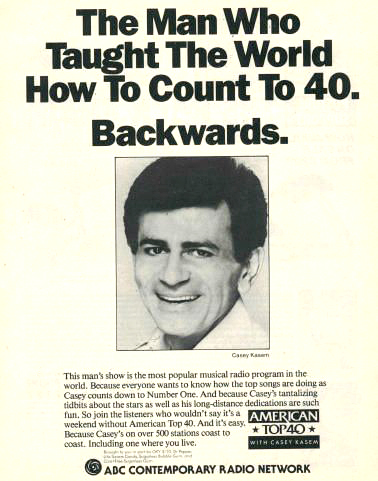
In honor of my radio hero, Casey Kasem, for the entire month of June (and now through July), I will be highlighting a song each day (some days will have two songs!) that peaked in the Top 40 of the BILLBOARD Hot 100 (including five (real) one-hit wonders of the 80s), and with every blog post, just like on AMERICAN TOP 40, the hits will get bigger with each post. On June 1, 2017, I featured a song that peaked at No. 40. Sometime here in July, I’ll feature a “song of the day” that went all the way to No. 1.
HOORAY! We’ve finally reached the Top 10! Woo-hoo! When Casey Kasem got to this point of an American Top 40 countdown, he would usually say, “We’re headed into the home stretch now! And on we go!”
Wow, in my research for this series, no chart position so far has had nearly 90 songs reach a certain position between 1979 and 1989…until now. Nearly 90 songs set up camp at the No. 10 position during that time, some stays as short as one week (like “Borderline” by Madonna, “Hysteria” by Def Leppard and “The Goonies ‘R’ Good Enough” by Cyndi Lauper), or as many as six weeks (“Muscles” by Diana Ross).
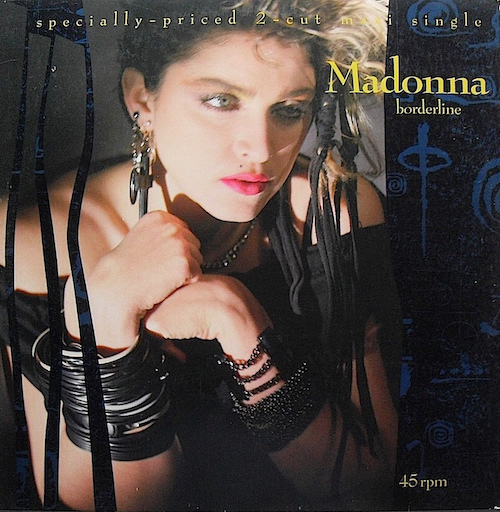
There were only about a baker’s dozen and a half of women who peaked at No. 10 during that time, like Kim Carnes, Pat Benatar, (real) one-hit wonder Regina (with the Madonna-inspired “Baby Love”), Christine McVie of Fleetwood Mac, Cher, Donna Summer, Exposé, and the aforementioned Madonna and Diana Ross (the latter of which reached No. 10 twice).
It was pretty much a boys club for the rest of the songs that reached No. 10 on the Hot 100 between 1979 and 1989, including songs by David Bowie, Culture Club, Pet Shop Boys, Asia, Wham!, Steely Dan, ELO, Golden Earring, Prince, Phil Collins, Duran Duran and Stevie Wonder, and for some, one No. 10 song wasn’t enough. The Police had two No. 10 hits, Heart had two, plus the Little River Band had three, as did Michael Jackson and Billy Joel. And Kool & The Gang had four No. 10 hits – “Get Down On It,” “Misled,” “Stone Love” and “Victory.”

For me, though, there was one No. 10 hit that stuck out more than any other. And, as a singles chart nerd, it’s a big one. It’s also what I call a “second-chance single,” and that historic single is “Relax” by Frankie Goes To Hollywood.
Formed in Liverpool, England in 1980, Frankie Goes To Hollywood was a five-man New Wave / Dance-Pop band who was a thorn in the BBC’s side (the British Broadcasting Corporation, that is) in 1984, with their debut single, “Relax.” I’ll come back to that.
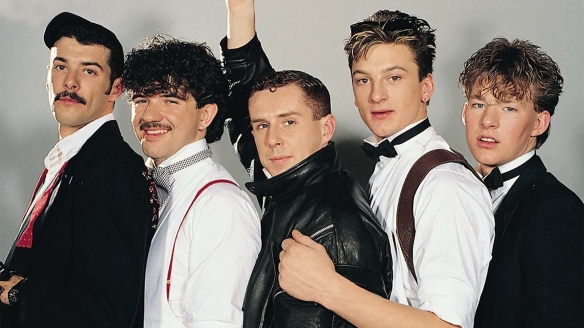
Producer and ZTT Records co-founder, Trevor Horn, saw Frankie Goes To Hollywood perform on a television show called THE TUBE, when an early version of “Relax” was played. He thought it was “more a jingle than a song,” and he wanted to “fix it up” in his own way.
Another co-founder of ZTT, Paul Morley, had a great campaign lined up for Frankie Goes To Hollywood: “a strategic assault on pop.” This was a brilliant marketing move. His plan was to also tackle certain a trilogy of themes in the band’s single releases – sex, war, and religion. “Relax” was first, followed by “Two Tribes” (about the Cold War), and “The Power Of Love” (a video which features the birth of Christ).
Trevor Horn and especially Paul Morley were really going for the shock value when it came to Frankie Goes To Hollywood. They released a series of provocative advertisements introducing Frankie to the U.K., and one advertisement even said, “Frankie Goes To Hollywood are coming…making Duran Duran lick the shit off their shoes…” Wow.

One of several provocative ads ZTT released for Frankie Goes To Hollywood and “Relax.”
When “Relax” finally reached the U.K. singles chart in November 1983, it wasn’t really a big deal. But, when Frankie performed “Relax” on the BBC flagship television show, TOP OF THE POPS, people went nuts. The following week, it soared to No. 6 on the U.K. singles chart.

Frankie’s performance of “Relax” on Top Of The Pops.
About a week later, BBC Radio 1 DJ Mike Read expressed his offense towards the cover art for “Relax” and especially these lyrics – “Relax, don’t do it / When you want to suck it, do it / Relax, don’t do it / When you want to come…”, and he announced his refusal to play the record. Unbeknownst to him at the time, the BBC had already decided it couldn’t be played on the BBC anyway.

A couple of days later, the BBC officially banned the single from its airwaves, though radio heroes – like the brilliant John Peel – continued to play it throughout 1984. Don’t people know when you ban a record, it only increases its popularity?! And that’s what happened with “Relax.” It reached No. 1 by late January 1984 and stayed on top for 5 weeks. Apart from “Do They Know It’s Christmas?” by Band Aid, it was the biggest-selling single of the year in the U.K.
Since the BBC ban also applied to TOP OF THE POPS, which, like SOLID GOLD here in the U.S., did a countdown of the country’s biggest hits during the show. When “Relax” was No. 1, all they did was put up a picture of the band during its big No. 1 announcement. For five weeks. Boo.

If “Relax” going to No. 1 didn’t piss off the BBC enough, “Relax” took its time falling down the U.K. singles chart. And by the time the Cold War Classic “Two Tribes” had started its nine-week run at No. 1 in June 1984, “Relax” was right back behind it at No. 2. Hot damn.
“Relax” remained on the U.K. Top 75 singles chart for 48 consecutive weeks, and returned in February 1985 for another four, giving “Relax” an entire calendar year on the U.K. singles chart. Pretty impressive. The BBC ban on “Relax” proved to be a huge embarrassment, and eventually the ban was lifted sometime during 1984, but the damage was done, and Frankie and ZTT prevailed.

Speaking of embarrassments, I was sometimes embarrassed about how the U.S. didn’t pick up on some huge U.K. singles, and they didn’t do much here, if they were released at all. Back in the early 00s, on my STUCK IN THE 80s radio show, I did a show called U.K. 1, U.S. O, highlighting songs that reached No. 1 in the U.K. but did nothing here. Featured on the show were “Ashes To Ashes” by David Bowie, “Pipes Of Peace” by Paul McCartney (relegated to a B-side here), and songs by The Jam and The Flying Pickets, among others. I think “Two Tribes” was also on the playlist.
Well, “Relax” eventually made its way to American shores and debuted on the BILLBOARD Hot 100 early April 1984 at No. 84. And, similar to the initial U.K. release, it received little fanfare here, maybe because radio stations had heard all about the song’s controversy in the U.K. and thought it was too obscene to play. Irregardless, it spent a week at No. 67 in early May 1984, and fell off the chart after just seven weeks.

My original copy of the “Relax” 12″ single, purchased in July 1984, many months before it became a big hit here in America.
Somewhere along the line, I caught wind of “Relax,” and in a rare move, bought the 12” single (sans fancy cover art) in July 1984 BEFORE it was a radio hit here in America. And I loved it from the start, and kept wondering, “Why exactly wasn’t this a huge hit here?”

In late October 1984, just nine days before the release of the band’s brilliant double-album debut, WELCOME TO THE PLEASUREDOME, “Two Tribes” debuted on the BILLBOARD Hot 100 at No. 79, on its way to a respectable No. 43 peak in mid-December 1984. I will forever credit “Two Tribes” as the song that re-ignited interest in “Relax” here in America.

And “Two Tribes” was still on the chart in mid-January 1985 when “Relax” made its re-entry onto the Hot 100. In only its third week back, “Relax” debuted in the Top 40, and rose to No. 10 for a quick two weeks in March 1985. It fell out of the Hot 100 by mid-May 1985 after a combined total of 23 weeks on the chart.
Outside of North America between 1983 and 1985, “Relax” was one of the biggest hits of the decade. It reached No. 1 in the aforementioned U.K., plus Finland, France, Germany, Greece, Israel, Italy, Spain, Switzerland and Thailand, and the Top 10 in at least 11 other countries.
“Relax” has been featured in a ton of films and TV shows for more than 30 years, including POLICE ACADEMY, BODY DOUBLE, MIAMI VICE, GOTCHA!, ROCK STAR, ZOOLANDER and ZOOLANDER 2, THE PROPOSAL, CALIFORNICATION, and 2017’s T2 TRAINSPOTTING.
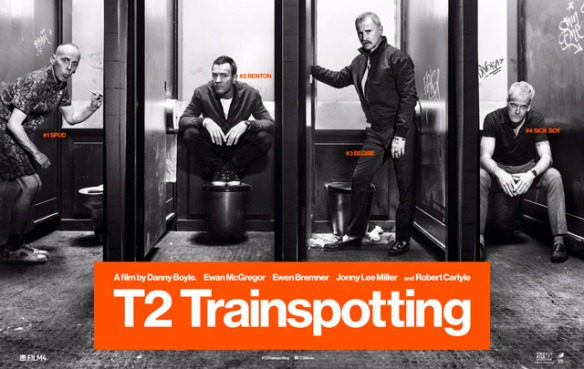
A number of covers of “Relax” have been released over the years as well, including “Weird Al” Yankovic, Richard Cheese, The Dandy Warhols, Germany’s Tech-Death Metal band Atrocity, and most recently, a brilliant cover by Blondie from their incredible 2014 album, GHOSTS OF DOWNLOAD, which includes a clever sample of the original within their cover. I love it when artists do that.
In 1987, Frankie Goes To Hollywood ended up disbanding after just seven singles and two albums (though, somehow they manage to have 11 compilation albums), but honestly, it sure wouldn’t have been the 80s without them…

https://www.youtube.com/watch?v=rCp2h5jslKY







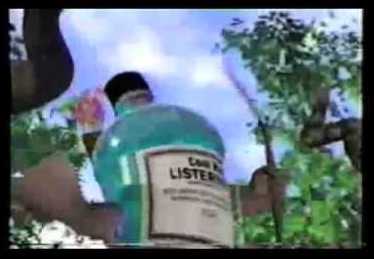
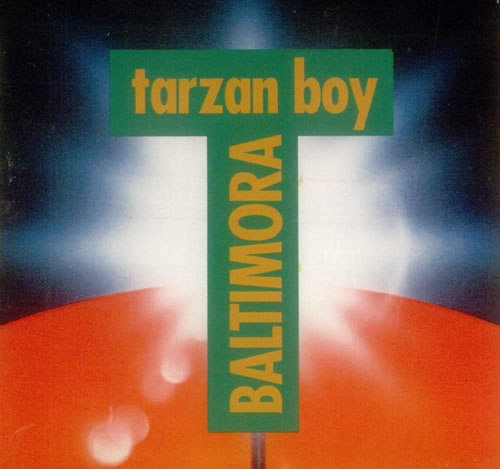



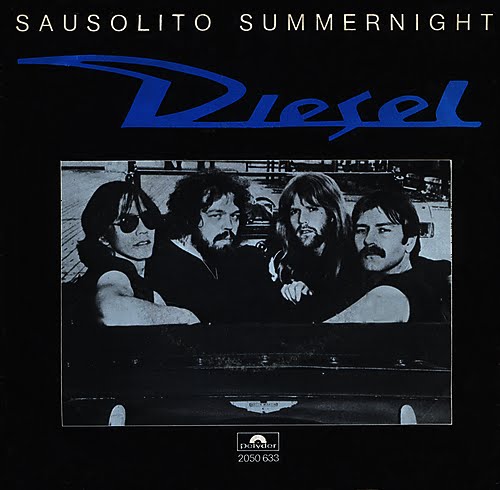
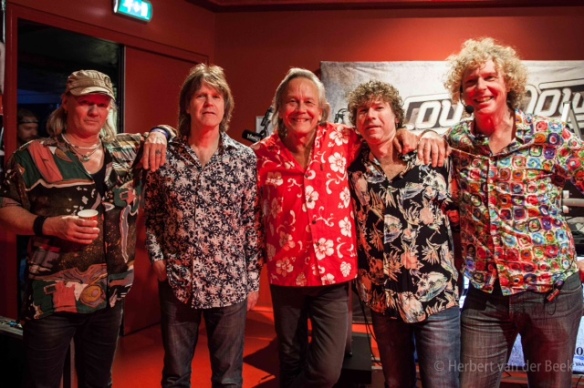
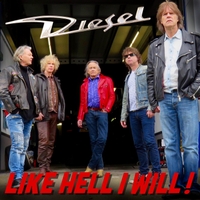 Today, founding members Rob Vunderink and Mark Boon (both on lead vocals and guitars) carry on as Diesel as a five-man band, performing at festivals, and working on a new album.
Today, founding members Rob Vunderink and Mark Boon (both on lead vocals and guitars) carry on as Diesel as a five-man band, performing at festivals, and working on a new album.
 After reaching No. 1 in their Holland homeland back in September 1982 and No. 5 in Belgium, “Twilight Zone” found its way here to the U.S. in late 1982, and the BILLBOARD Top 40 on the Hot 100 in late January 1983.
After reaching No. 1 in their Holland homeland back in September 1982 and No. 5 in Belgium, “Twilight Zone” found its way here to the U.S. in late 1982, and the BILLBOARD Top 40 on the Hot 100 in late January 1983.